Hydraulic Heritage: How the Modern Hydraulic Elevator is in TKE’s DNA
We at TK Elevator build our products with over eight decades of experience. We make pioneering technology part of your everyday life, but that’s just in our DNA. Our story begins when we brought the modern hydraulic elevator to the masses.
Nineteenth-Century Hydraulics: A Losing Battle
The first elevators appeared in the early nineteenth century. Initially, they carried factory and warehouse freight, but growing cities in Europe and America demanded passenger vertical transportation. By the 1850s, luxury hotels and department stores were installing opulent elevators for their guests’ convenience.
The earliest elevators employed traction systems with steam engines and chains. The technology worked, but early iterations presented a host of safety and technical problems. The loud, jerky and sometimes unsafe coal-burning engine required an engineer’s constant supervision.
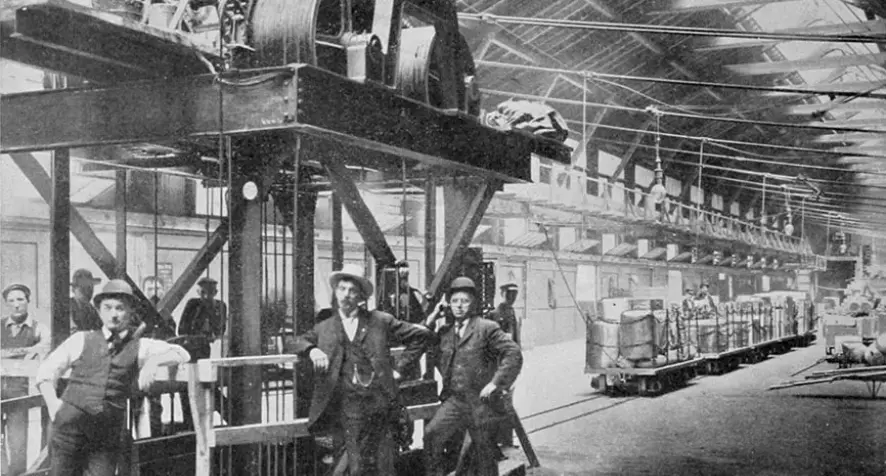
Searching for alternative power systems, inventors proposed hydraulic power as a solution. This technology was not new. English engineers invented the relatively simple hydraulic press in 1785. Pressurized fluid pushes a piston to create movement. The vertical movement of a hydraulic press seemed well suited for elevators.
French engineer Léon Édoux presented the most comprehensive early hydraulic elevator system at the 1867 Universal Exposition in Paris. A direct-action hydraulic jack raised Édoux’s elevator car when pressurized by water. The design worked, but critics maligned its power and height limitations. In response, American inventor Samuel Thursby promoted an elevator with a telescoping direct-action jack.
However simple the design, high operating costs and frequent downtime plagued these elevators. In 1879, a Thursby elevator sprung a leak, spilling enough water that the elevator car fell from the fourth floor to the basement.1 After this incident, American elevator manufacturers largely abandoned direct-action hydraulic designs. In the 1890s, electricity’s rise gradually pushed manufacturers away from hydraulic power altogether.2
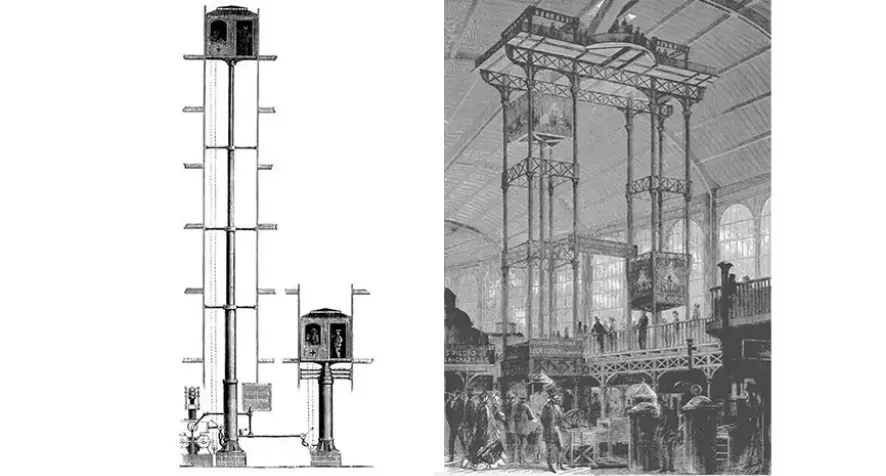
Oildraulic: Hydraulics’ New Lease on Life
Just as electricity took off, Peter Lunati, an Italian-American inventor, was born on July 16, 1890, in Memphis. Lunati developed a keen interest in automobile mechanics while serving in the First World War. Returning home, he opened a garage and filling station to service the automobile boom.
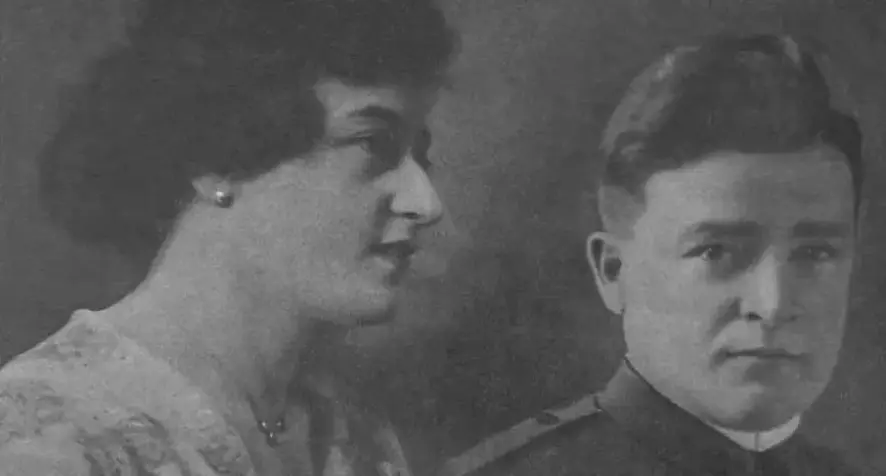
One afternoon, Lunati took a break and went to his local barbershop. Exhausted from crawling under cars, he watched his barber pump the hydraulic chairs up and down and figured he could lift cars with the same technology. After weeks of tinkering, the hydraulic automobile lift was born.
Lunati’s hydraulic lift saw great success. Its simple design garnered the growing car industry’s interest. The first installation at his garage in Memphis lasted 25 years with an annual operating cost of only twenty-one cents. Lunati enlisted business-savvy friends, and together they chartered the Automobile Rotary Lift Company on March 15, 1925.
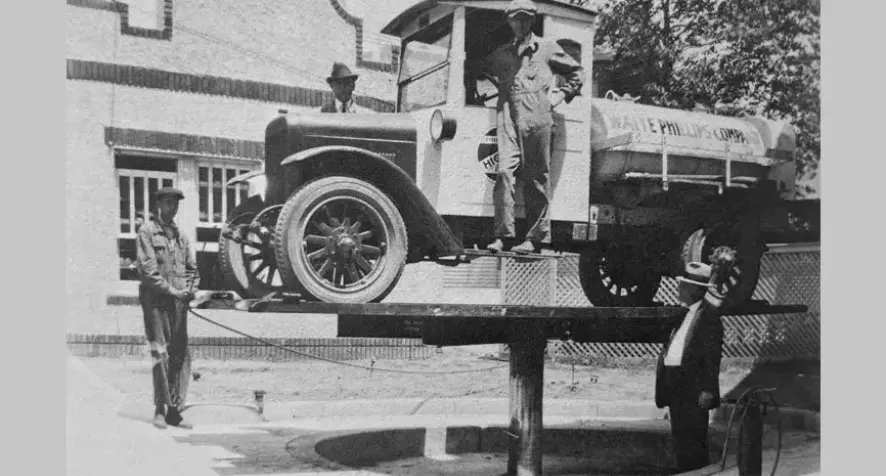
After the Great Depression, the company’s leaders knew the car’s potential to revolutionize transportation in America. They correctly predicted mass suburbanization and the resulting proliferation of low-rise buildings. They decided to adapt the effective, low-cost, direct-action automobile lift technology to the elevator. The company dropped “automobile” from its name, becoming the Rotary Lift Company.
At this time, nineteenth-century stereotypes followed hydraulic elevators. Rotary Lift needed to show this technology could work for the modern age. After few awkward attempts, the engineers persisted to their breakthrough. In 1937, they began using oil instead of water as hydraulic fluid. The ensuing Oildraulic elevator was the industry’s first smooth-operating elevator with efficient and economical direct-acting hydraulic technology. The Oildraulic elevator was a runaway success.3
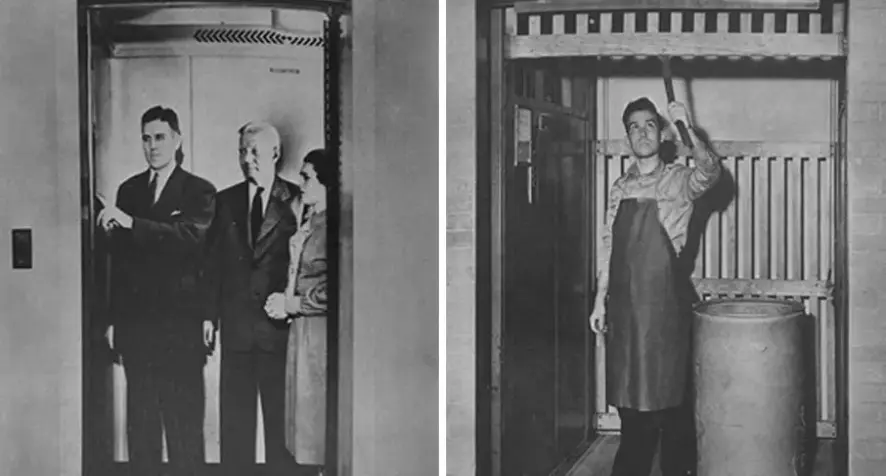
Hydraulic Elevators for the Twenty First Century
Rotary Lift, becoming Dover Elevator in 1955, continued the Oildraulic brand for decades. In 1999, the technology attracted German industrial conglomerate thyssenkrupp to acquire Dover Elevator. During this time, the company combined pioneering Oildraulic technology with German engineering expertise. In 2020, thyssenkrupp Elevator became TK Elevator.
Peter Lunati enhanced hydraulic technology, making it suitable for his time, and TK Elevator continues this tradition. Our endura hydraulic elevators meet the twenty first century’s demands. endura is configurable with machine room or machine room-less applications, accommodating an array of low-rise building applications. endura is an energy-efficient solution, meeting the demand for sustainable infrastructure. Innovative hydraulic fluid was our original breakthrough. Today endura can operate on enviromax, the industry’s first high-preforming, plant-based hydraulic fluid that virtually eliminates petroleum reliance.
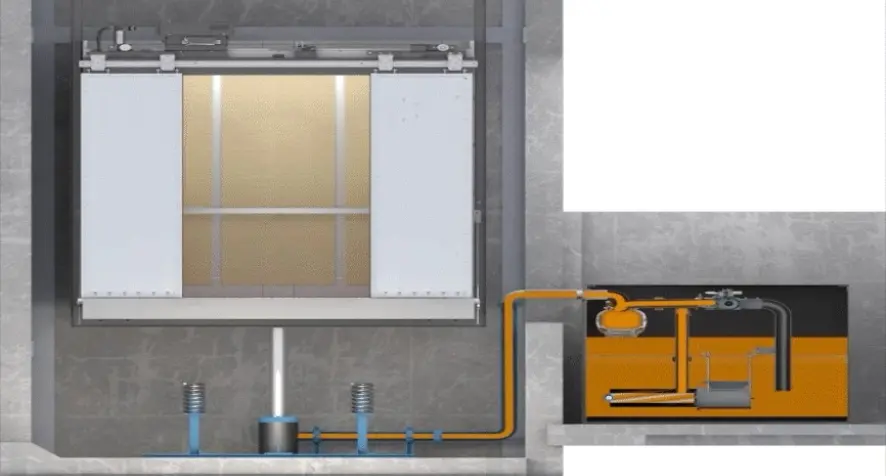
At TK Elevator, we carry both a global and local heritage. Our products are installed across the world, yet we manufacture many of our elevators in Tennessee, just miles from Lunati’s original service station. Our predecessors adapted direct-action hydraulic elevators to the changing world, and we continue to adapt them to the twenty first century.
Learn more about how hydraulic elevators work.
1Lee Gray, From Ascending Rooms to Express Elevators: A History of the Passenger Elevator in the 19th Century (Mobile, AL: Elevator World, 2002): 91.
2Gray, 156.
3Janas Jackson, Dover Elevators: A History (Dallas: Taylor Publishing Company, 1989).
 United States
United States

